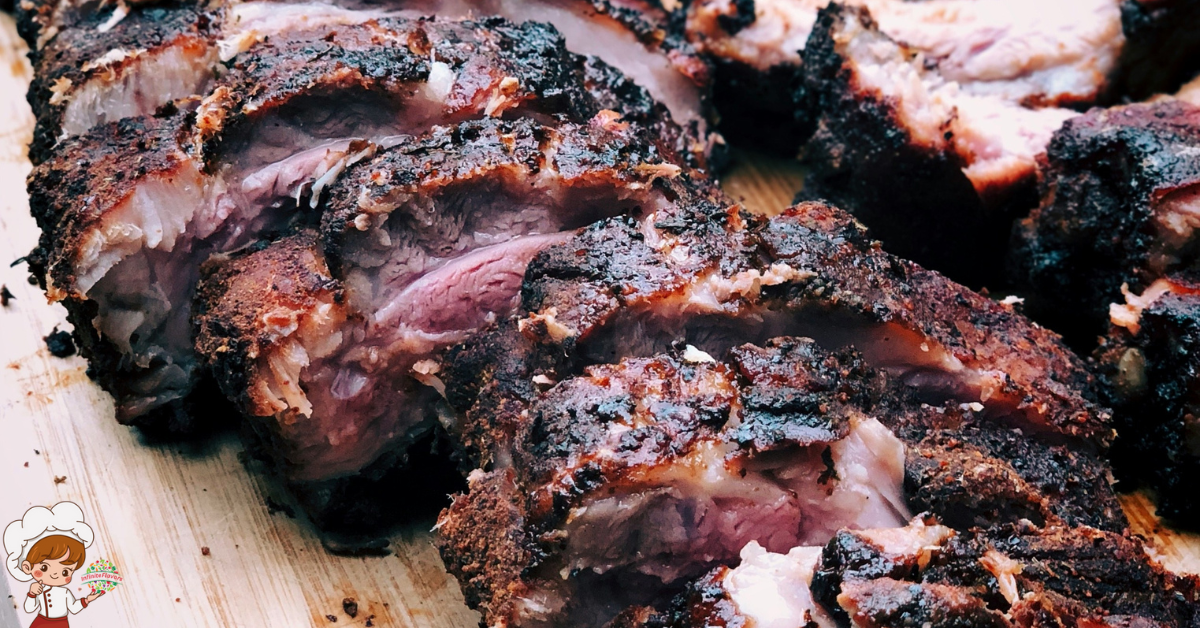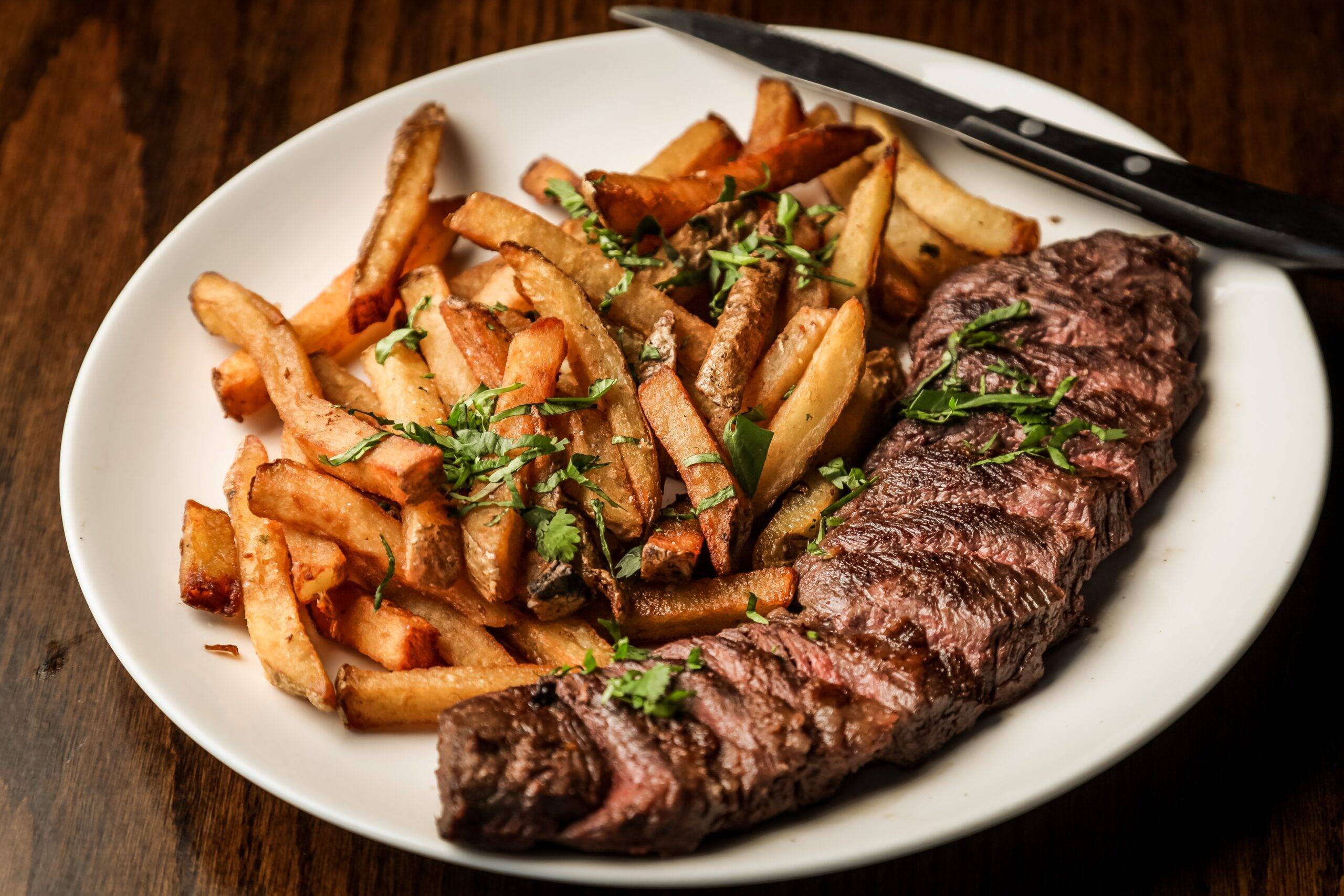The Best Classic Argentinian Empanadas

Argentinian Empanadas; Argentina, a nation known for its vibrant culture, stunning landscapes, and a deep passion for food, boasts a culinary treasure that has captured the hearts and palates of its people and the world. Empanadas, those delectable filled pastries with a crisp, golden exterior and savory, flavorful insides, have become a cornerstone of Argentinian cuisine. But to truly appreciate these hand-held delights, one must embark on a journey into the past, tracing their origins from distant lands to the heart of Argentina.
The story of empanadas has its beginnings in the Arabian Peninsula, where a beloved culinary tradition existed for centuries. “Samosa” or “sambusak,” pastries filled with a variety of ingredients, were a cherished part of Arabian cuisine. The Moors, during their rule of Spain, introduced these delights to the Iberian Peninsula. It was there that the term “empanar,” which means “to wrap in bread,” took root.
As Spanish explorers set sail for the New World, they brought their culinary traditions, including the art of empanar, with them. The concept of wrapping flavorful fillings in dough arrived in what is now Argentina, where it encountered a rich tapestry of indigenous culinary practices. These indigenous peoples had long created their own versions of filled pastries using locally available ingredients such as potatoes, maize, and various meats. When these two culinary worlds converged, a new, harmonious fusion was born.
Thus, empanadas in Argentina were not merely a transplant of a foreign concept. Instead, they represented the blending of two cultures and their respective ingredients. This amalgamation created a unique and unforgettable culinary tradition that would become synonymous with Argentina’s culinary heritage.
In this blog post, we will delve deep into the history and origins of Argentinian empanadas, exploring how this iconic dish evolved from ancient roots to its esteemed position in modern Argentina. We’ll uncover the diverse regional influences that have shaped the empanada into an art form that spans the entire country, while still retaining its own regional identity. Argentinian empanadas are not just a snack; they’re a testament to the nation’s diverse heritage, a symbol of unity through culinary art, and an expression of the universal love for flavor and tradition.

Argentine Beef Empanadas Recipe
Equipment
- 1 large skillet
- 1 Rolling Pin
- 1 baking sheet
- 1 Mixing bowl,
Ingredients
For The Dough
- 3 cups all-purpose flour
- 1 teaspoon salt
- 1/2 cup cold water
- 1 egg (egg wash)
For The Filling
- 1 pound ground beef
- 1 onion finely chopped
- 1 red pepper finely chopped
- 2 eggs hard boiled chopped
- 1/2 cup green olives pitted and chopped
- 2 tablespoons vegetable oil
- 2 teaspoons ground cummin
- 2 teaspoons paprika
- 1/2 teaspoon red pepper flakes
- dash salt and pepper to taste
Instructions
Prepare The Dough
- In a large mixing bowl, combine the flour and salt.
- Add the cold, cubed butter to the flour mixture. Use your fingers or a pastry cutter to work the butter into the flour until it resembles coarse crumbs.
- Gradually add the cold water while stirring with a fork until the dough comes together.
- Knead the dough lightly on a floured surface until it's smooth. Form it into a ball, cover with plastic wrap, and refrigerate for at least 30 minutes.
Prepare The Filling
- In a large skillet, heat the vegetable oil over medium heat. Add the finely chopped onion and red bell pepper. Sauté until they are softened.
- Add the ground beef and cook until browned, breaking it into small pieces as it cooks.
- Stir in the ground cumin, paprika, red pepper flakes, salt, and pepper. Cook for another minute or two to let the flavors meld.
- Remove the skillet from heat and stir in the chopped hard-boiled eggs and green olives. Set the filling aside to cool.
Assemble The Empanadas
- Preheat your oven to 375°F (190°C).
- Roll out the chilled dough on a floured surface to about 1/8-inch thickness.
- Use a round pastry cutter or a bowl to cut out circles from the dough, typically around 4-6 inches in diameter.
- Place a spoonful of the cooled beef filling in the center of each dough circle.
- Fold the dough over to create a half-moon shape, enclosing the filling. Use your fingers to crimp the edges to seal the empanadas.
Bake The Empanadas
- Beat the egg and use it to brush the tops of the empanadas for a golden finish.
- Place the empanadas on a baking sheet lined with parchment paper.
- Bake in the preheated oven for about 20-25 minutes or until they are golden brown and crisp.
Serve your Argentine Beef Empanadas hot as a delicious appetizeror meal.
- Empanadas are often served with chimichurrisauce, a tangy and herby condiment, but they are tasty on their own as well.Enjoy these flavorful and comforting pastries inspired by Argentine cuisine!
Ancient Roots: The Birth of Argentinian Empanadas:
The story of empanadas traces its roots to the Arabian Peninsula, where the concept of “samosa” or “sambusak” had been a culinary tradition for centuries. These pastries filled with meat, vegetables, or fruits eventually made their way to Spain via the Moors, where they became known as “empanar” or “to wrap in bread.” This tradition of wrapping flavorful fillings in dough traveled with Spanish explorers to the Americas, where it found a new home in the land now known as Argentina.
Early Adaptations: Empanadas in the New World:
Upon arrival in the New World, Spanish colonists adapted their culinary traditions to local ingredients, giving birth to a new style of empanadas. The indigenous peoples of South America had their own variations of filled pastries using local ingredients like potatoes, maize, and various meats. These traditions merged and evolved, and the result was a fusion of flavors and techniques that would become a defining characteristic of Argentinian empanadas.
The Gastronomic Influence of Argentina:
Argentina’s diverse landscapes and abundant natural resources contributed to the development of regional variations of empanadas. In the northwestern regions of Salta and Tucumán, empanadas often feature ground beef, hard-boiled eggs, olives, and spices, reflecting the indigenous and Spanish influences of the area. Meanwhile, in the southern regions of Patagonia, empanadas might include ingredients like lamb or trout, showcasing the culinary traditions of the region’s indigenous people and European immigrants.
A National Icon: Empanadas in Modern Argentina:
Today, empanadas are more than just a snack; they’re a symbol of Argentinian culinary heritage. They’re enjoyed in a variety of settings, from family gatherings and street food stalls to upscale restaurants. Empanada restaurants, known as “casas de empanadas,” are a common sight across Argentina, offering an array of fillings to satisfy every palate.
Conclusion:
Argentinian empanadas are a testament to the culinary evolution of a nation that has embraced diverse influences and transformed them into something uniquely its own. In every bite, you taste the fusion of indigenous traditions, European heritage, and a deep appreciation for local ingredients.
Whether you’re savoring a classic beef empanada, a spiced chicken variation, or a vegetarian option filled with roasted vegetables, you’re indulging in a culinary journey through history. Empanadas have become an integral part of Argentina’s food culture, a reflection of the nation’s rich tapestry of flavors and traditions.
As you enjoy these delectable hand pies, you’re not just tasting a dish; you’re experiencing the fusion of cultures and the art of culinary adaptation. Argentinian empanadas are a celebration of flavor and heritage, a testament to the enduring appeal of a dish that has traveled across continents and time to grace the tables of Argentina. It’s a cultural icon that continues to captivate our senses, one savory bite at a time.








